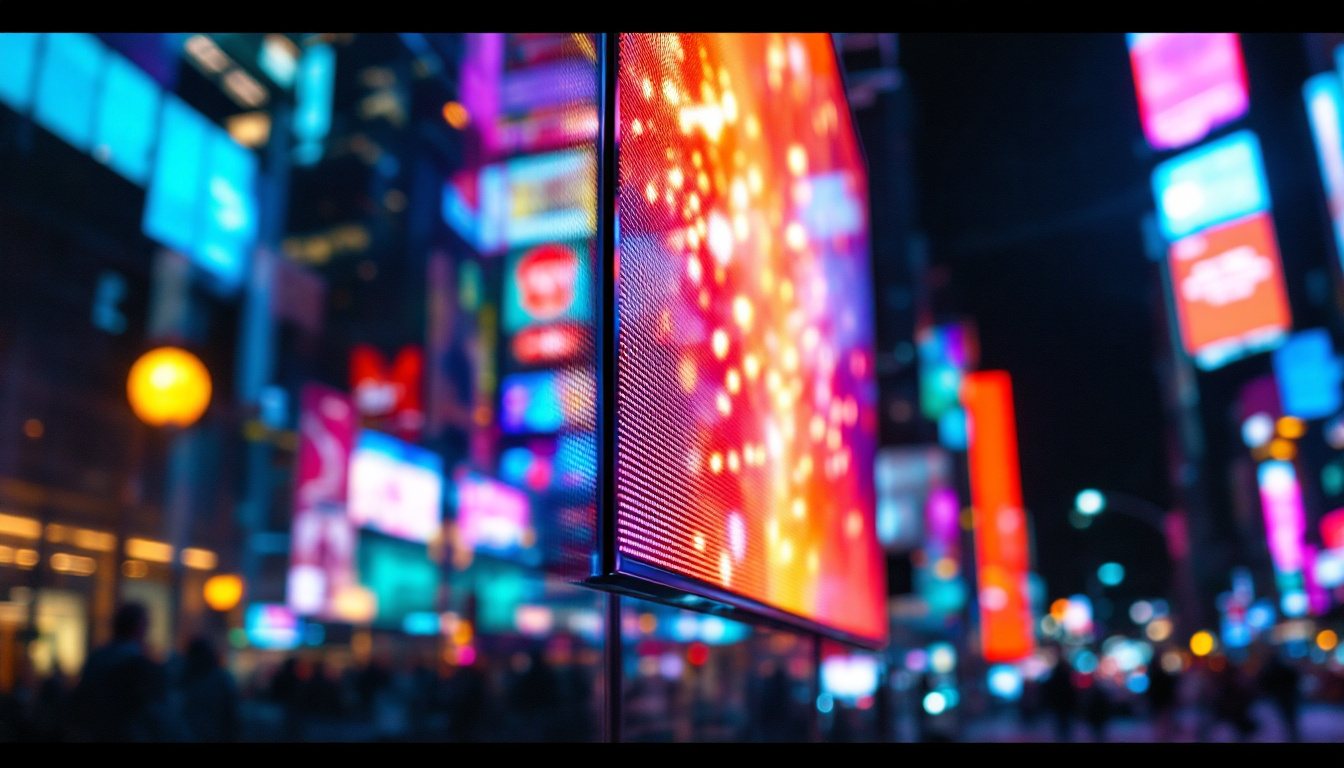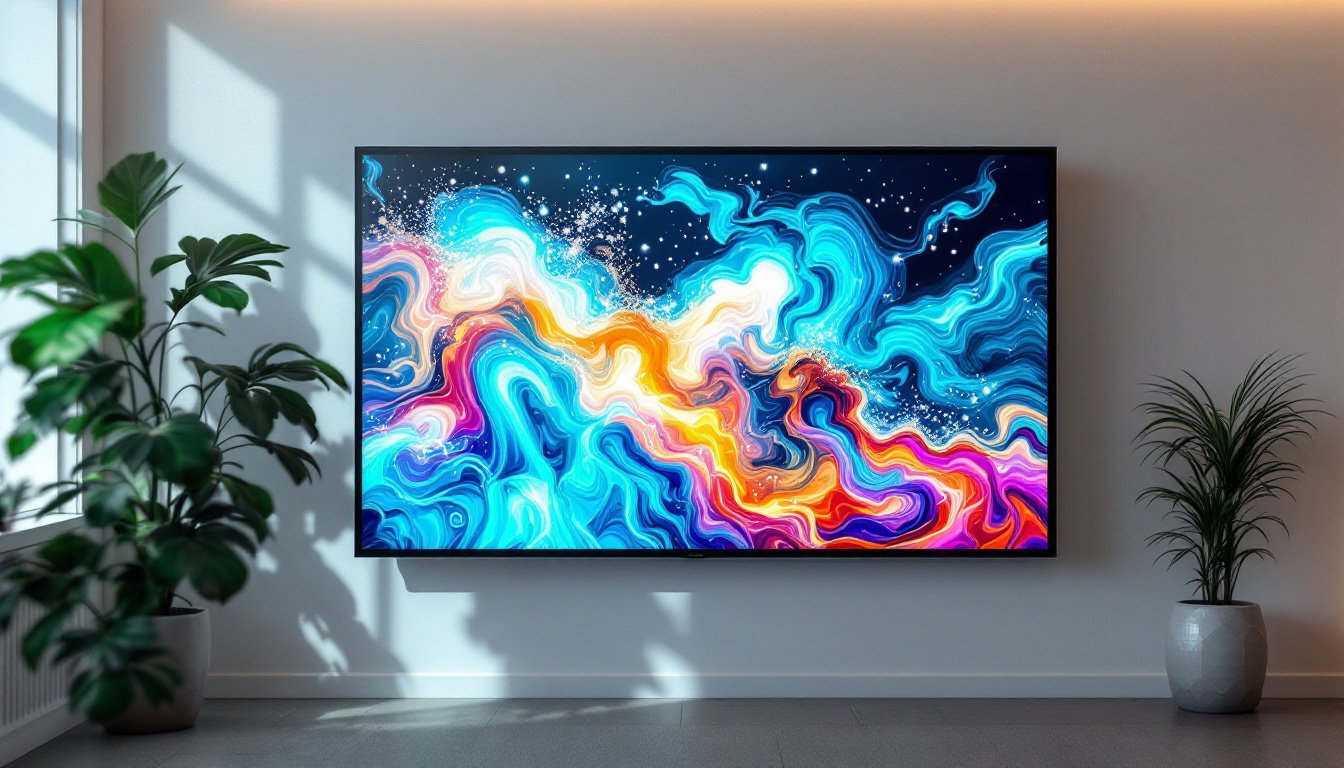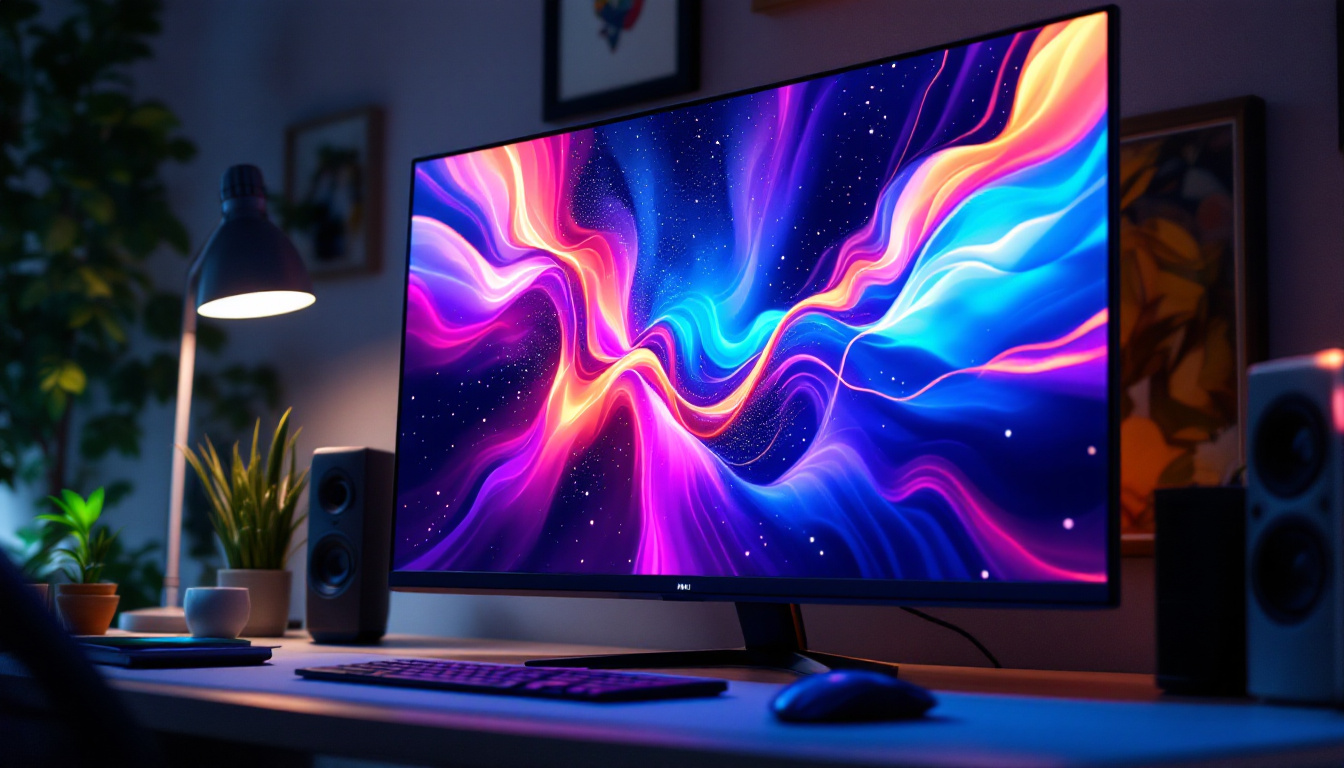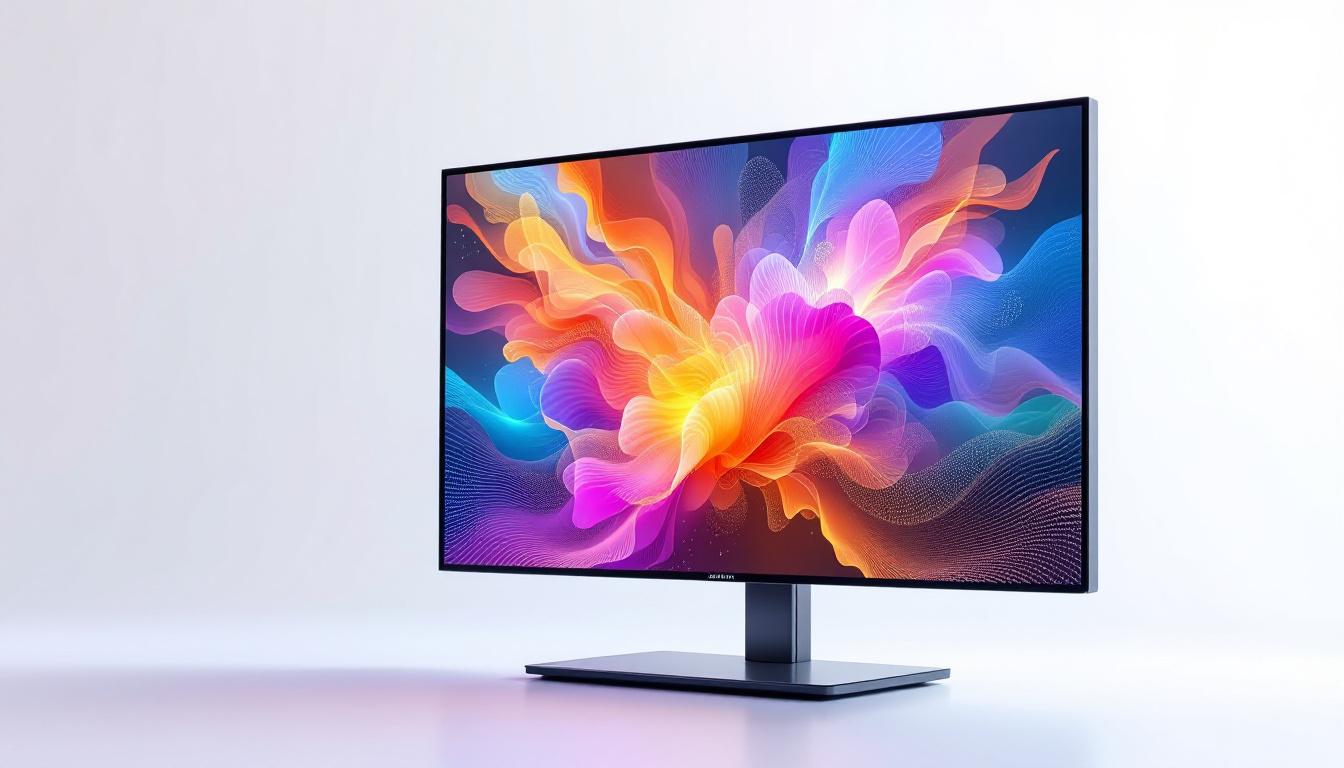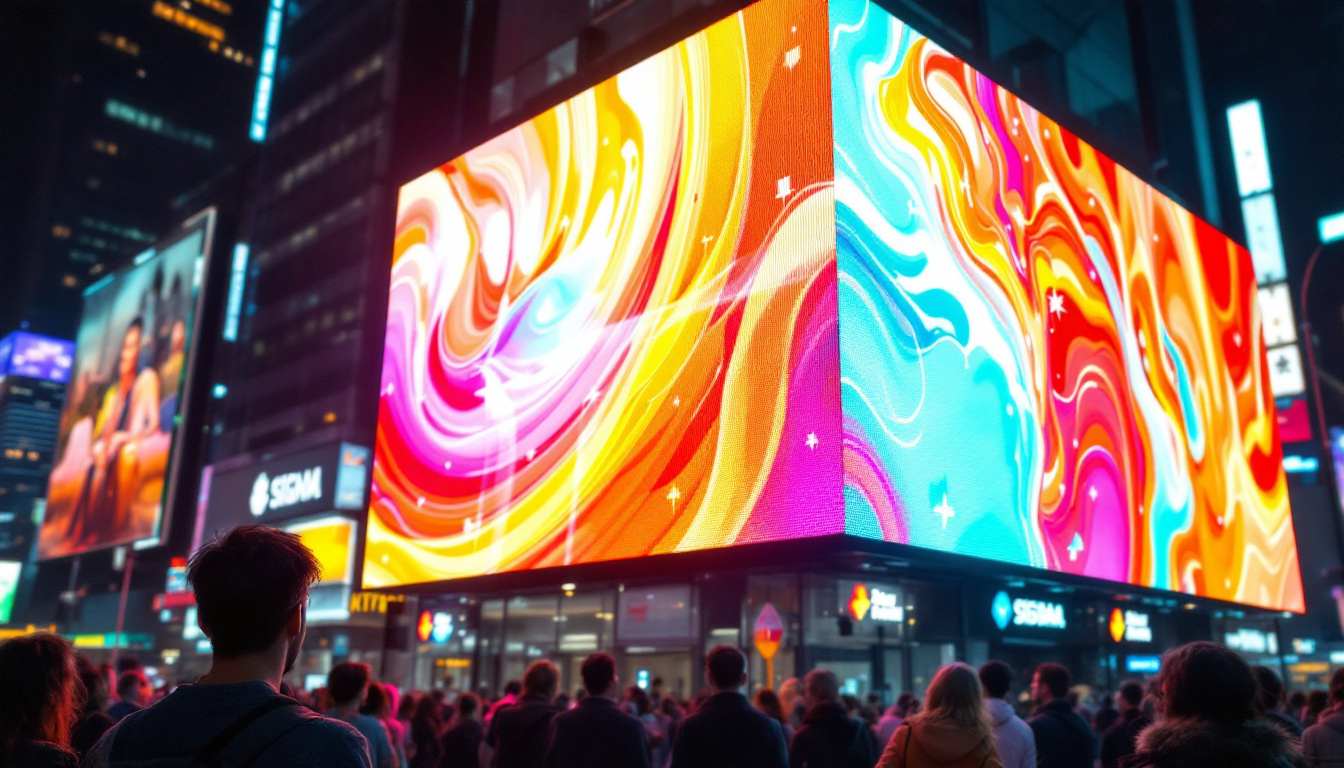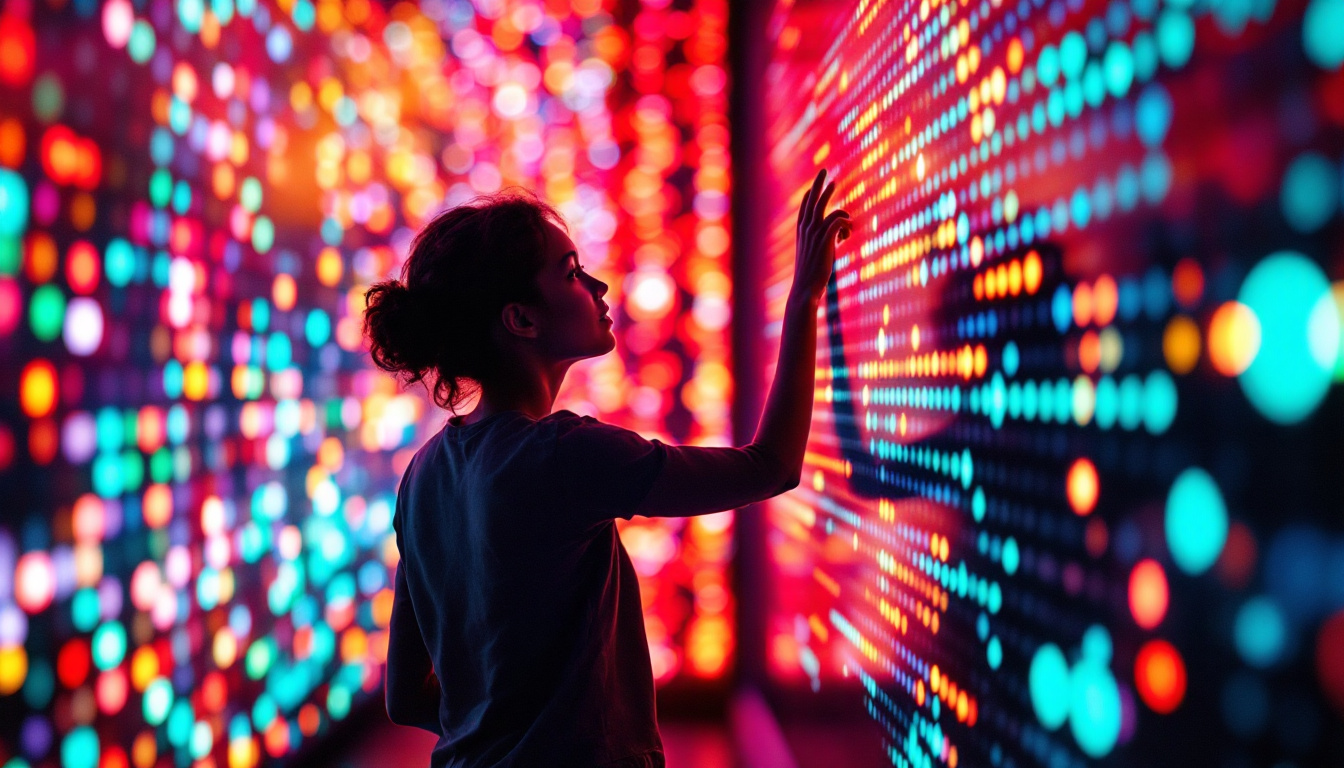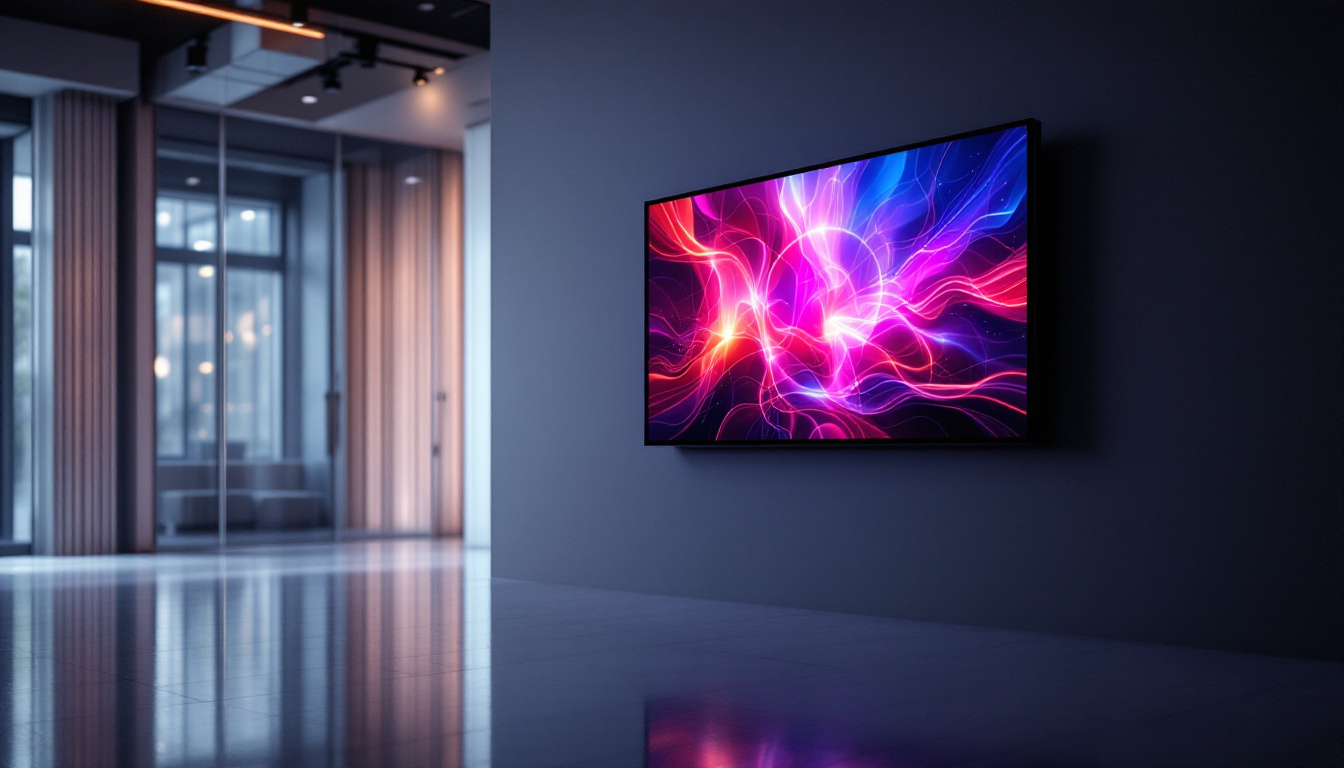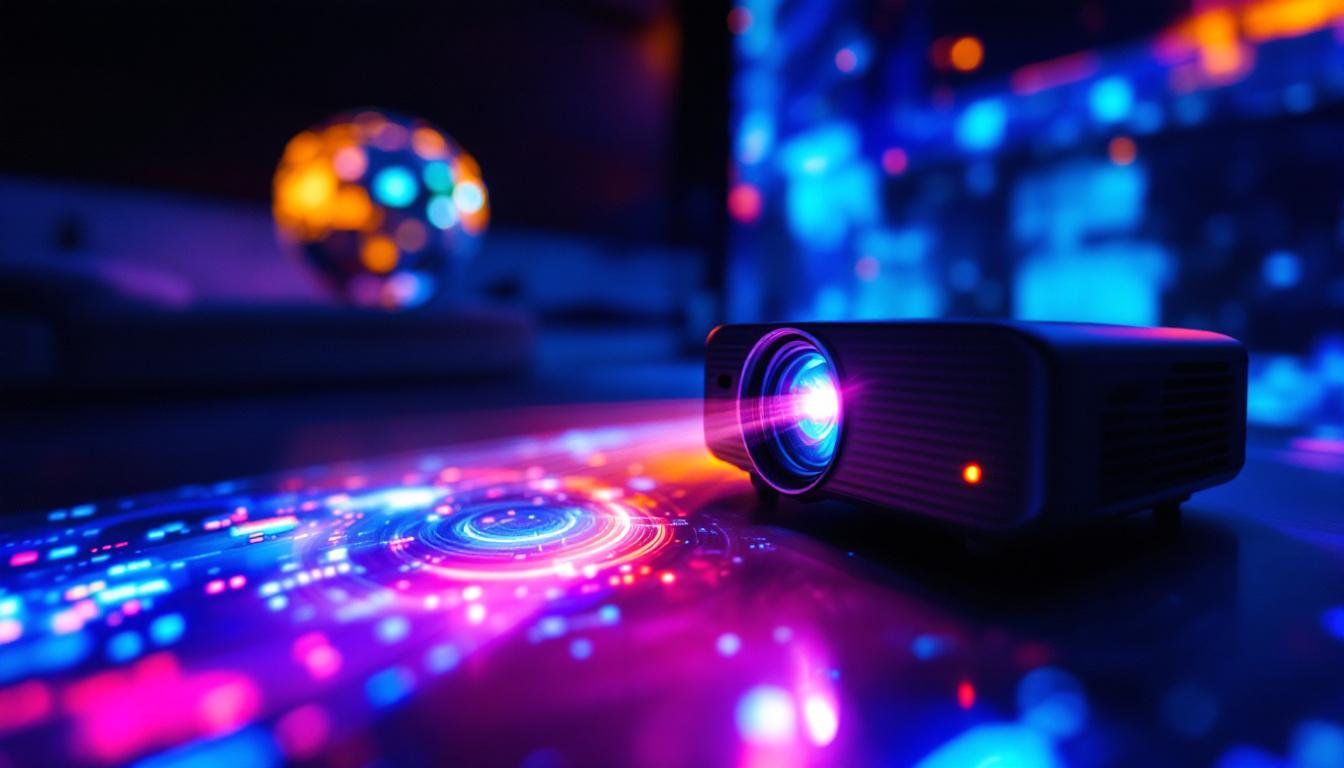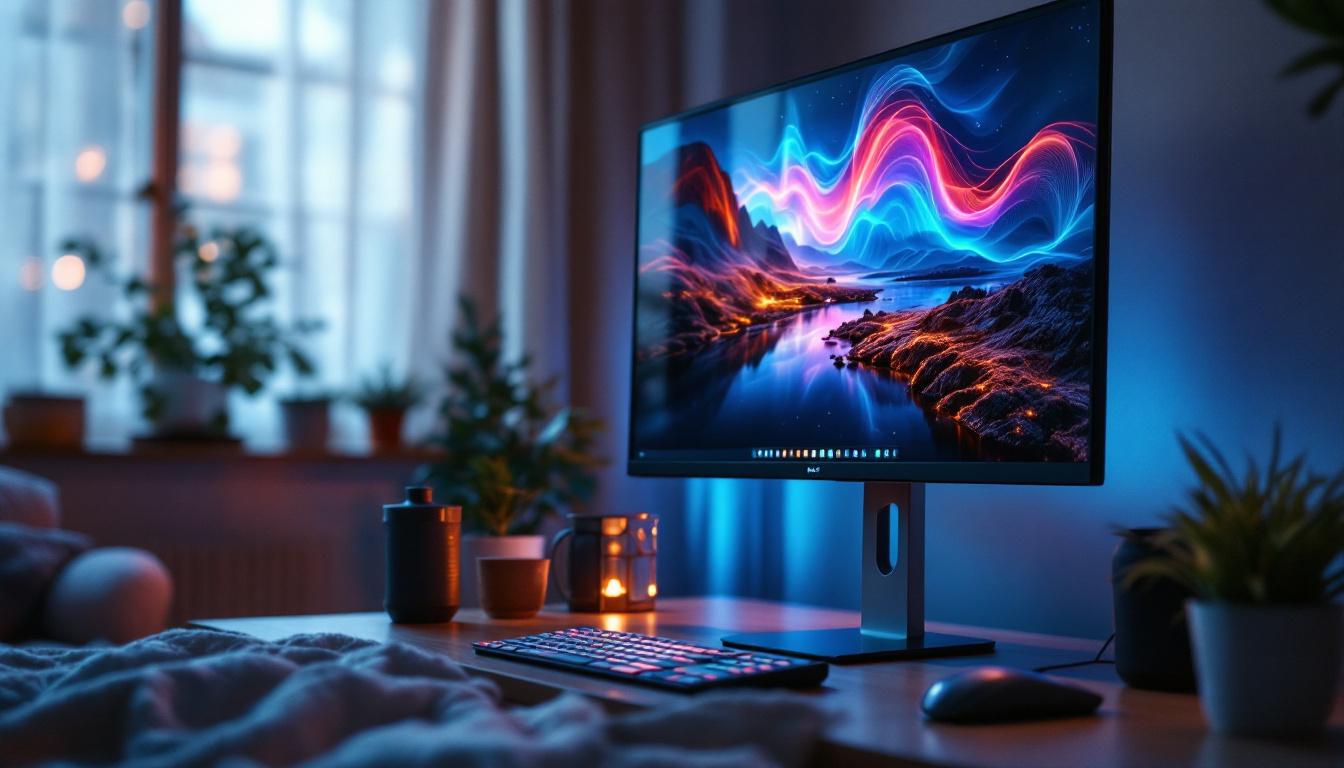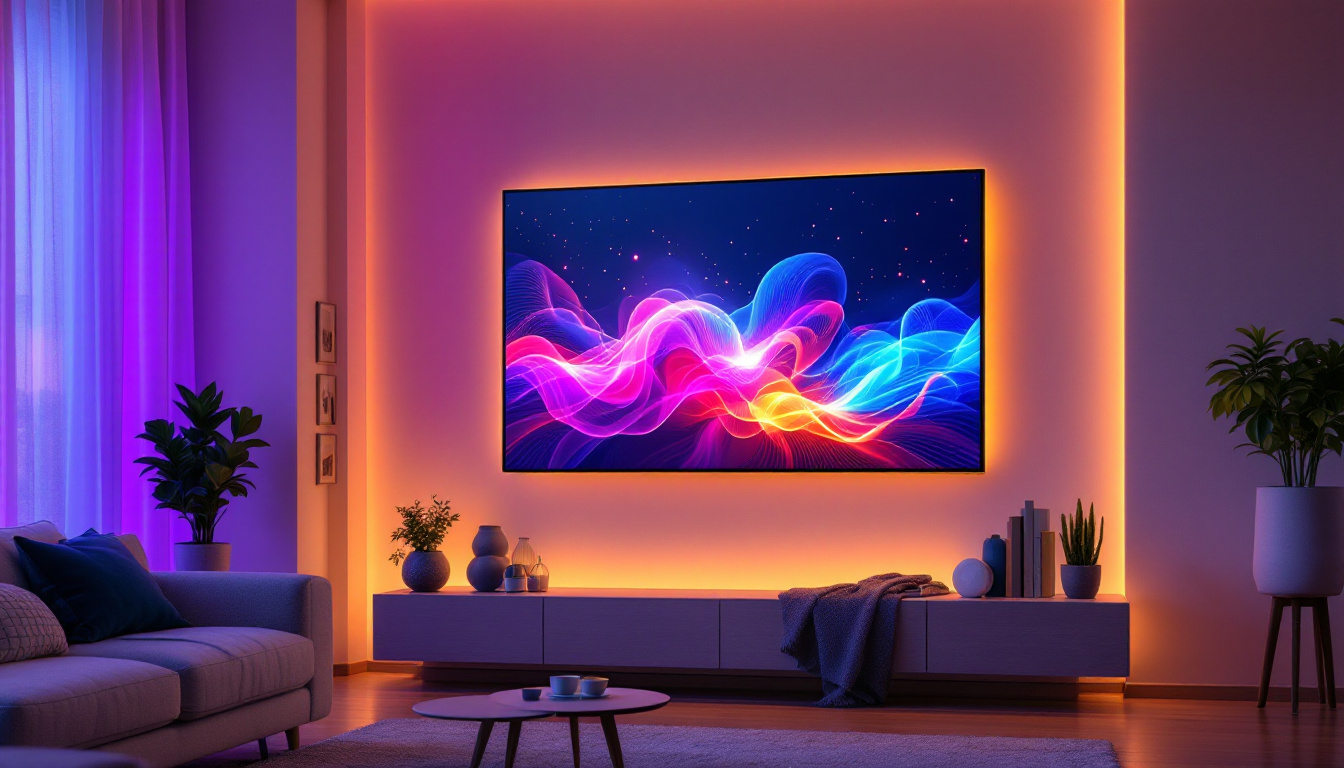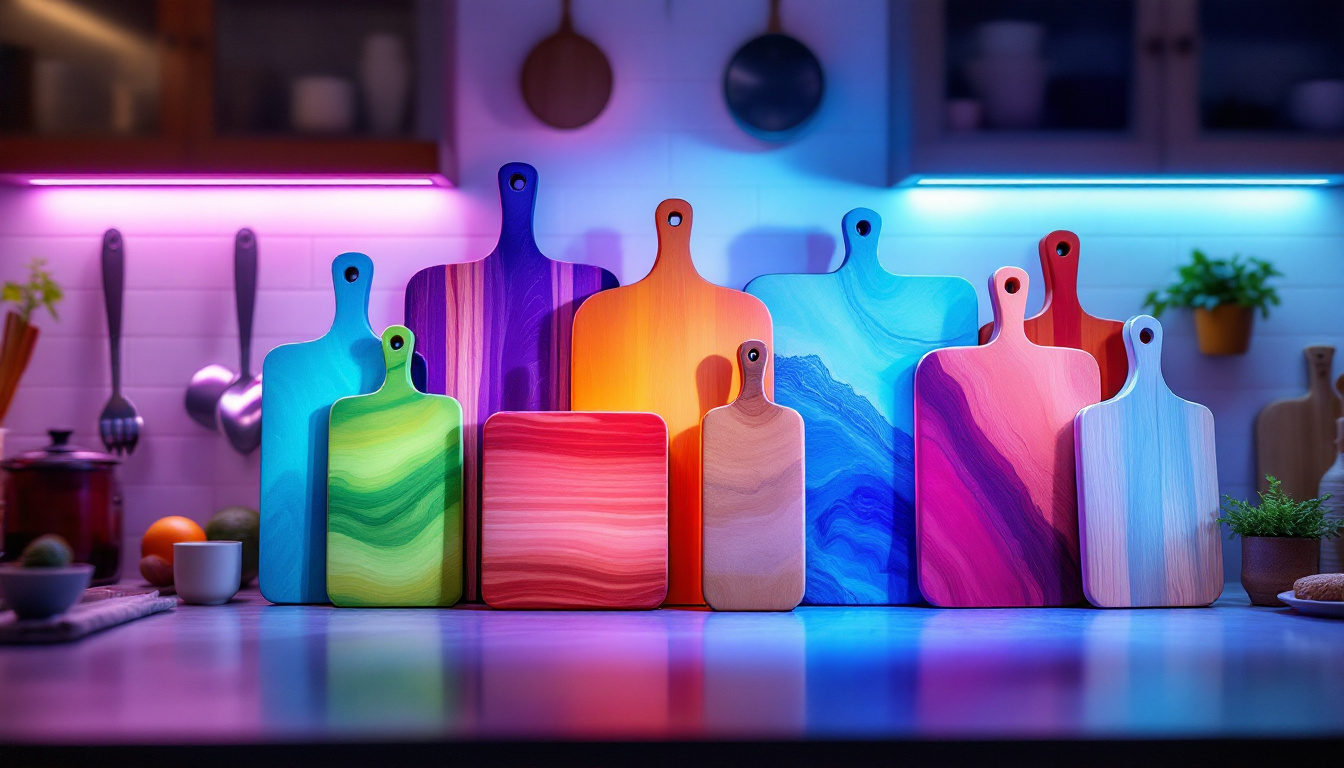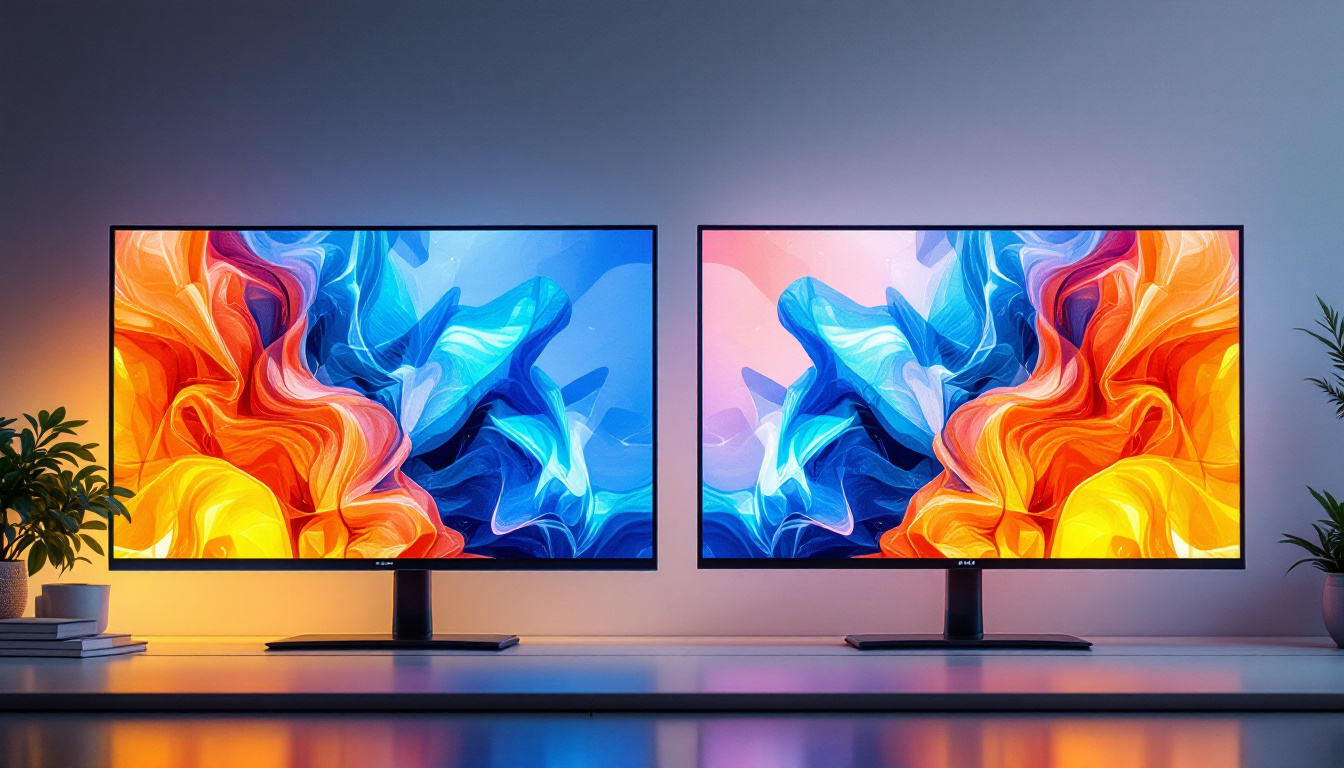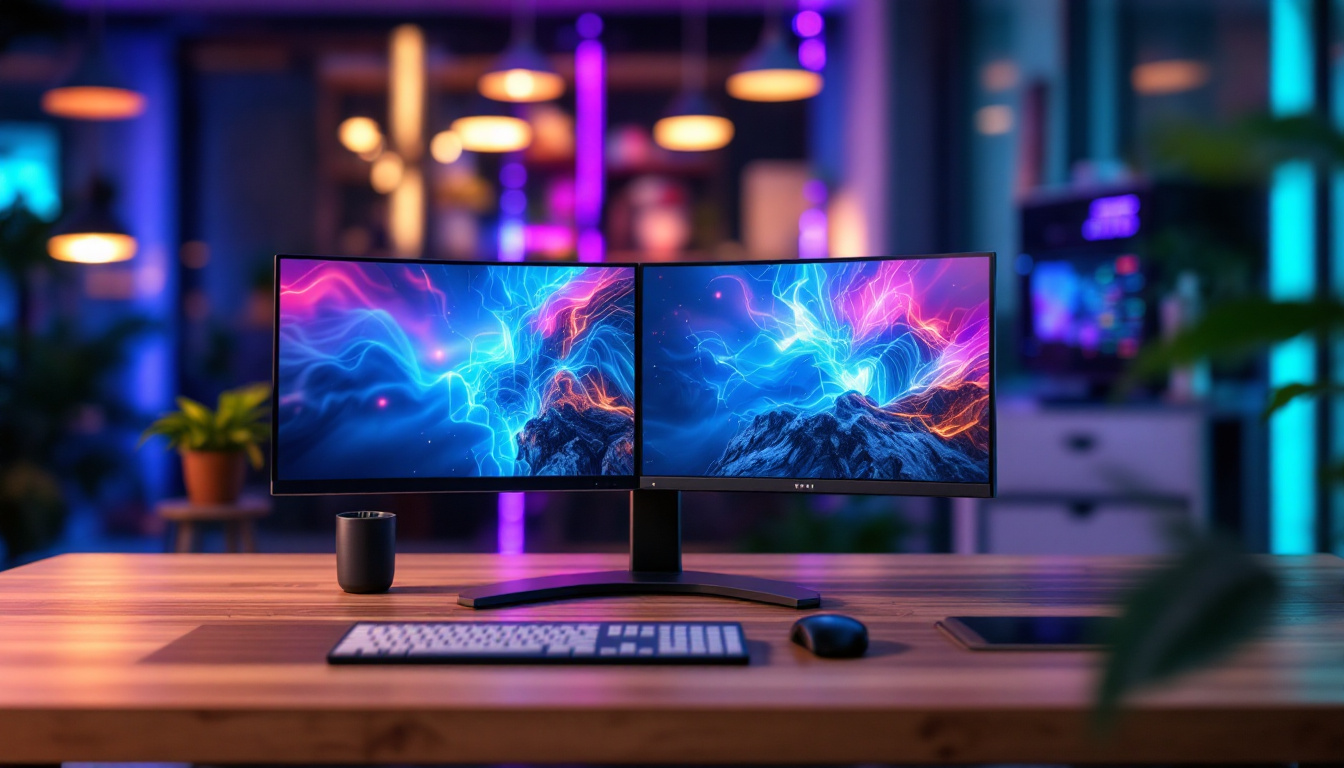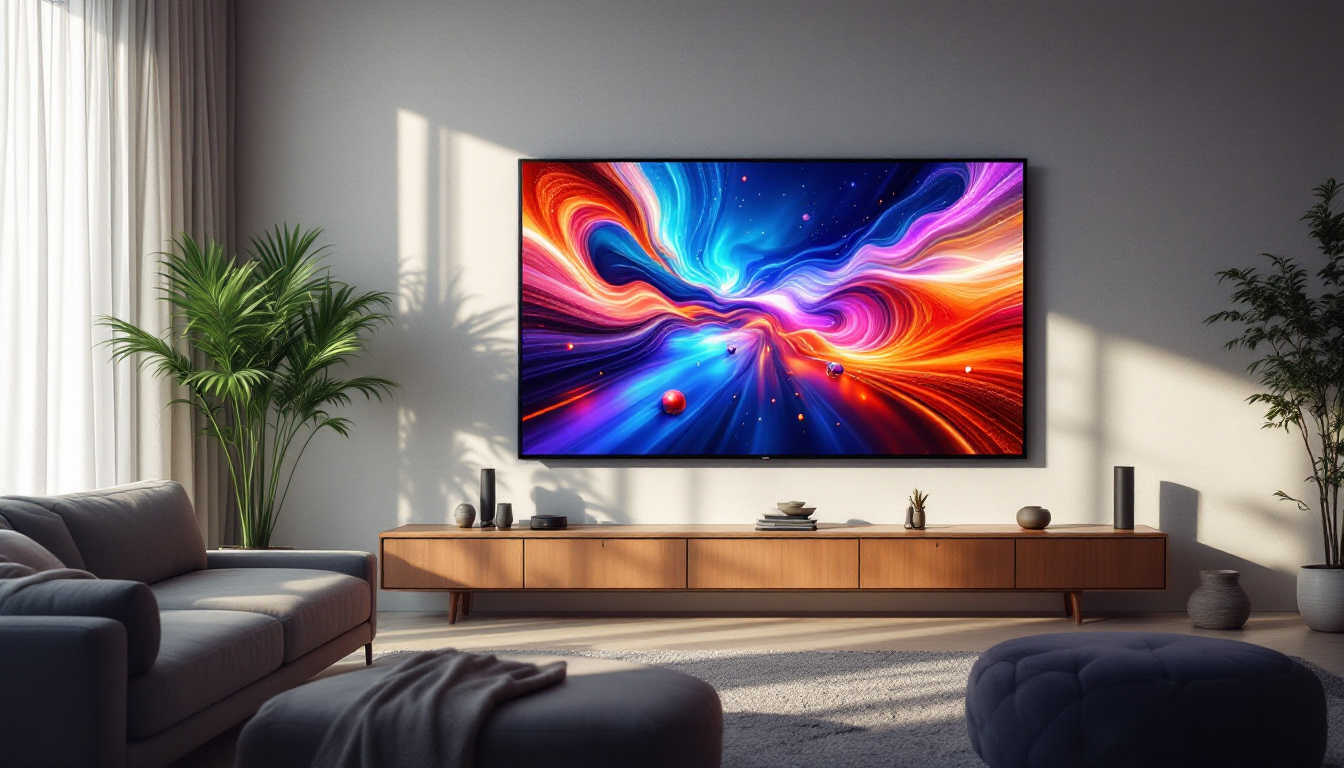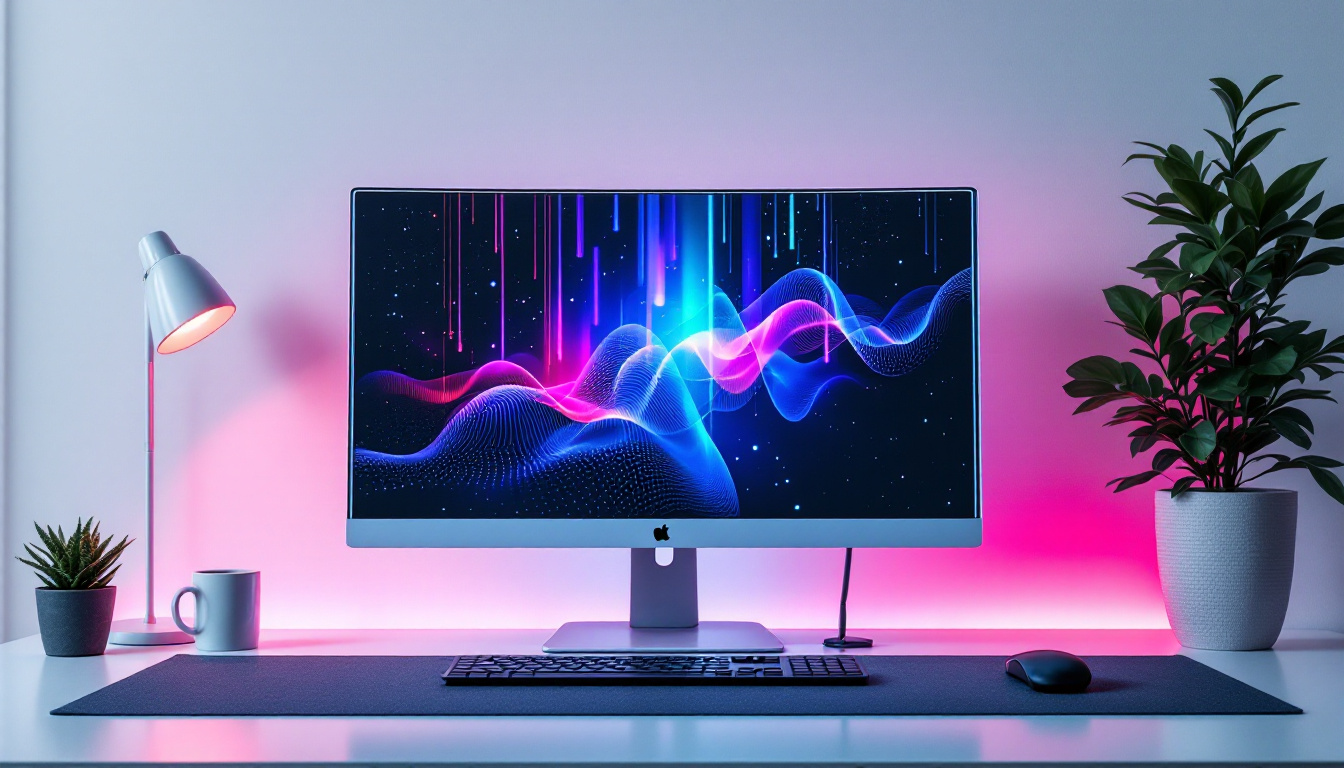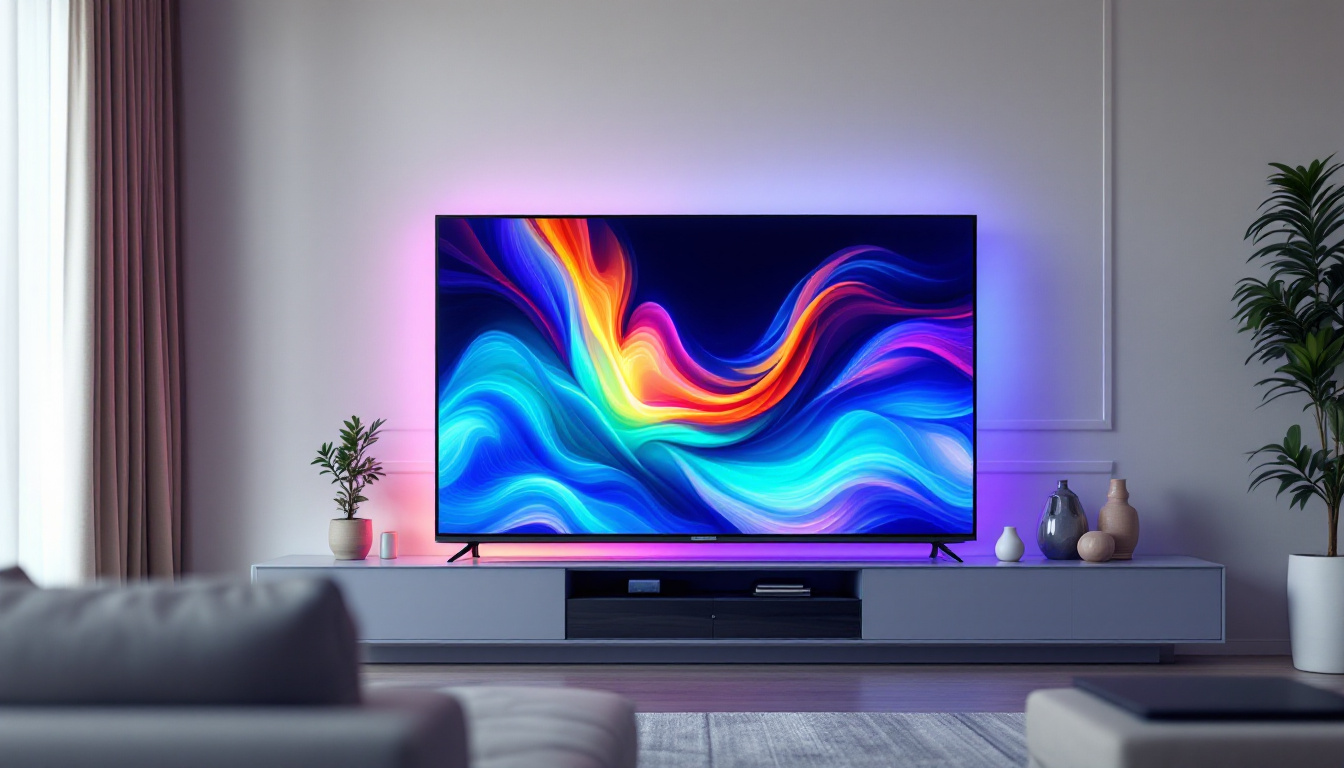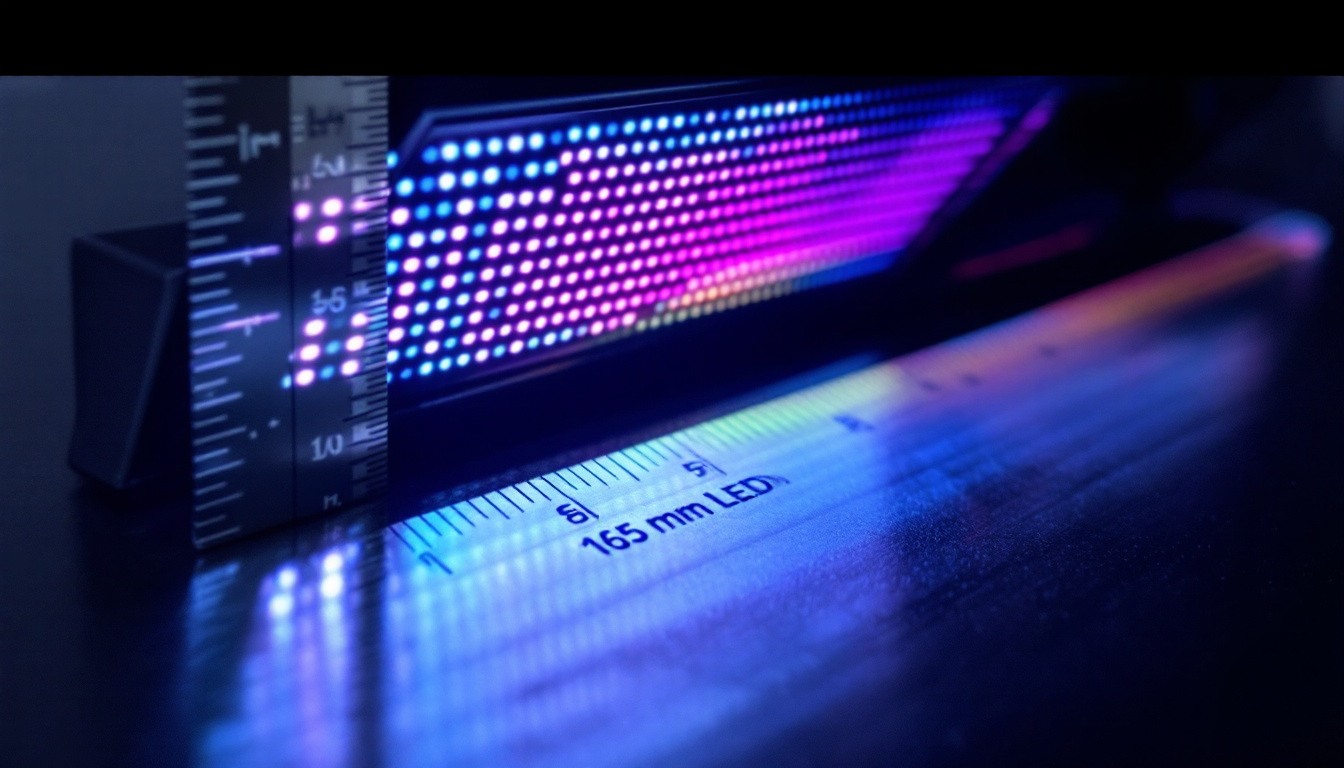In the world of visual technology, the display contrast ratio is a crucial metric that influences the quality of images and videos on LED displays. Understanding this concept is essential for anyone looking to invest in a new display, whether for personal or professional use. This article delves into the intricacies of display contrast ratio, its significance, and how it affects the viewing experience.
What is Display Contrast Ratio?
The display contrast ratio refers to the difference in luminance between the brightest white and the darkest black a display can produce. It is typically expressed as a ratio, such as 1000:1, which indicates that the brightest white is 1000 times brighter than the darkest black. This ratio is a key determinant of the overall picture quality, influencing how vibrant colors appear and how well details are visible in shadows. A higher contrast ratio often results in a more immersive viewing experience, making it particularly important for activities such as gaming, watching movies, or editing photos, where detail and color accuracy are paramount.
Understanding Luminance
Luminance is a measure of the amount of light emitted from a surface per unit area in a given direction. In the context of LED displays, it plays a pivotal role in determining how bright the display can get. A higher luminance allows for a more pronounced contrast ratio, enhancing the viewing experience, especially in bright environments. For instance, in outdoor settings or well-lit rooms, displays with higher luminance can maintain clarity and detail, preventing washed-out images. Furthermore, advancements in display technology, such as OLED and mini-LED, have significantly improved luminance levels, allowing for richer colors and deeper blacks that were previously unattainable.
Types of Contrast Ratios
There are generally two types of contrast ratios: static and dynamic. Static contrast ratio measures the difference between the brightest and darkest points on the display when the image is static. Dynamic contrast ratio, on the other hand, measures the contrast ratio under varying conditions, often adjusting the backlight to achieve deeper blacks during darker scenes. While dynamic contrast ratios can appear impressive on paper, they can sometimes be misleading, as they may not accurately reflect real-world performance. Additionally, the effectiveness of dynamic contrast can vary based on the content being displayed; for example, fast-moving scenes may not benefit as much from dynamic adjustments as still images do. Understanding these nuances is crucial for consumers when selecting a display, ensuring they choose one that meets their specific viewing needs and preferences.
Importance of Contrast Ratio in LED Displays
The contrast ratio significantly impacts the overall viewing experience. A higher contrast ratio results in more vivid colors, better detail in shadows, and an overall more immersive experience. This is particularly important for activities such as gaming, watching movies, or professional graphic design, where color accuracy and detail are paramount. In gaming, for example, the ability to distinguish between subtle shades can mean the difference between spotting an enemy in the shadows or missing critical gameplay elements. Similarly, in cinematic experiences, the emotional weight of a scene can be amplified by the display’s ability to convey the full spectrum of light and dark.
Impact on Color Accuracy
Color accuracy is closely tied to contrast ratio. Displays with a higher contrast ratio can reproduce a wider range of colors, allowing for more accurate and lifelike images. This is essential for photographers and videographers who rely on precise color representation in their work. A display that can showcase deep blacks and bright whites will render colors more faithfully, making it easier to achieve the desired visual effects. Moreover, industries such as fashion and interior design benefit greatly from high contrast ratios, as they allow professionals to see true-to-life representations of fabrics and materials, ensuring that the final products align with their creative visions.
Enhancing Detail Visibility
In scenes with high dynamic range, such as those featuring both bright highlights and deep shadows, a higher contrast ratio allows viewers to see details that might otherwise be lost. For instance, in a dark movie scene, a display with a low contrast ratio may struggle to show subtle details in shadowed areas, leading to a flat and uninspiring image. Conversely, a display with a high contrast ratio can reveal textures and nuances, enhancing the overall storytelling experience. This capability is not only beneficial for entertainment but also for educational purposes, where detailed visuals can significantly aid in comprehension. For instance, in documentaries showcasing wildlife or natural phenomena, the ability to see intricate details in both bright and dark areas can deepen the viewer’s understanding and appreciation of the subject matter.
Factors Influencing Contrast Ratio
Several factors contribute to the overall contrast ratio of an LED display. Understanding these factors can help consumers make informed decisions when selecting a display for their needs.
Display Technology
The type of display technology used significantly affects contrast ratio. For example, OLED displays typically offer superior contrast ratios compared to traditional LED displays. This is because OLED technology allows for individual pixels to be turned off completely, resulting in true blacks and an impressive contrast ratio. In contrast, LED displays rely on backlighting, which can lead to light bleed and less effective black levels.
Ambient Light Conditions
The environment in which a display is used can also impact perceived contrast ratio. In brightly lit rooms, reflections and glare can wash out colors and reduce the effectiveness of contrast. Displays with higher brightness levels can better counteract these effects, maintaining a vibrant image even in challenging lighting conditions. Therefore, it is essential to consider the intended use environment when selecting a display.
Calibration and Settings
Proper calibration of a display can enhance its contrast ratio. Many modern displays come with preset modes designed for different viewing scenarios, such as gaming, movies, or photo editing. Adjusting these settings can optimize contrast and improve overall picture quality. Additionally, professional calibration can ensure that the display is performing at its best, maximizing the viewing experience.
Measuring Contrast Ratio
Measuring contrast ratio can be a complex process, often requiring specialized equipment. However, consumers can get a general idea of a display’s contrast capabilities through specifications provided by manufacturers. It is important to note that not all manufacturers measure contrast ratio in the same way, which can lead to discrepancies in reported values.
Manufacturer Specifications
When shopping for a display, consumers will often encounter specifications that list the contrast ratio. However, it is essential to consider the context of these numbers. For instance, some manufacturers may report dynamic contrast ratios, which can be significantly higher than static ratios. Understanding the difference between these measurements is crucial for making an informed choice.
Using Test Patterns
For those who want to assess a display’s contrast ratio personally, using test patterns can be an effective method. Various online resources provide test images designed to help users evaluate black levels and highlight details. By viewing these patterns on the display, users can gauge how well the display performs in terms of contrast and detail visibility.
Choosing the Right Display Based on Contrast Ratio
When selecting a display, understanding the importance of contrast ratio can guide consumers toward making the best choice for their specific needs. Different applications may require varying levels of contrast performance, and being aware of these requirements can lead to a more satisfying purchase.
For Gaming Enthusiasts
Gamers often benefit from displays with high contrast ratios, as they enhance the overall immersion and visual fidelity of games. A display that can handle dark scenes effectively allows for better visibility of enemies lurking in shadows and enhances the overall gaming experience. Look for displays that boast high static contrast ratios and quick response times to ensure a smooth gaming experience.
For Movie Lovers
Movie enthusiasts should prioritize displays with high contrast ratios to fully appreciate cinematic visuals. Films often contain a wide range of brightness levels, and a display that can reproduce deep blacks alongside bright highlights will provide a more engaging viewing experience. Consider investing in a display with HDR (High Dynamic Range) capabilities, as these often come with enhanced contrast ratios, making them ideal for movie watching.
For Professional Use
For professionals in fields such as graphic design, photography, or video editing, accurate color representation and detail visibility are paramount. A display with a high contrast ratio will enable professionals to see subtle differences in color and detail, which is essential for producing high-quality work. Calibration options and color accuracy should also be considered when selecting a display for professional use.
Future Trends in Display Technology
As technology continues to evolve, the capabilities of LED displays are also advancing. The future of display technology promises even better contrast ratios and enhanced viewing experiences.
Advancements in OLED Technology
OLED technology has already set a high standard for contrast ratios, and ongoing advancements are likely to push these boundaries even further. Newer OLED displays are expected to offer improved brightness levels and color accuracy, making them even more appealing for consumers seeking the best visual experience.
MicroLED Displays
MicroLED technology is emerging as a potential game-changer in the display market. By utilizing tiny, self-emissive LEDs, MicroLED displays can achieve exceptional contrast ratios and brightness levels. This technology promises to combine the best aspects of OLED and traditional LED displays, offering consumers a new standard for visual quality.
Conclusion
The display contrast ratio is a vital aspect of LED displays that significantly impacts the viewing experience. Understanding its importance, the factors that influence it, and how to measure it can guide consumers in making informed decisions when purchasing a display. Whether for gaming, movie watching, or professional use, a high contrast ratio can enhance color accuracy, detail visibility, and overall immersion. As technology continues to advance, consumers can look forward to even better display options that will elevate their visual experiences to new heights.
Experience the Future of LED Displays with LumenMatrix
As you seek to elevate your visual experience with a display that boasts superior contrast ratio and impeccable quality, look no further than LumenMatrix. Our commitment to innovation in LED display technology ensures that whether you’re engrossed in the latest game, lost in a cinematic masterpiece, or perfecting your professional craft, our range of solutions from Indoor and Outdoor LED Walls to Custom and All-in-One LED Displays will exceed your expectations. Check out LumenMatrix LED Display Solutions today and transform the way you see the world.

